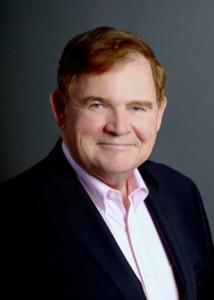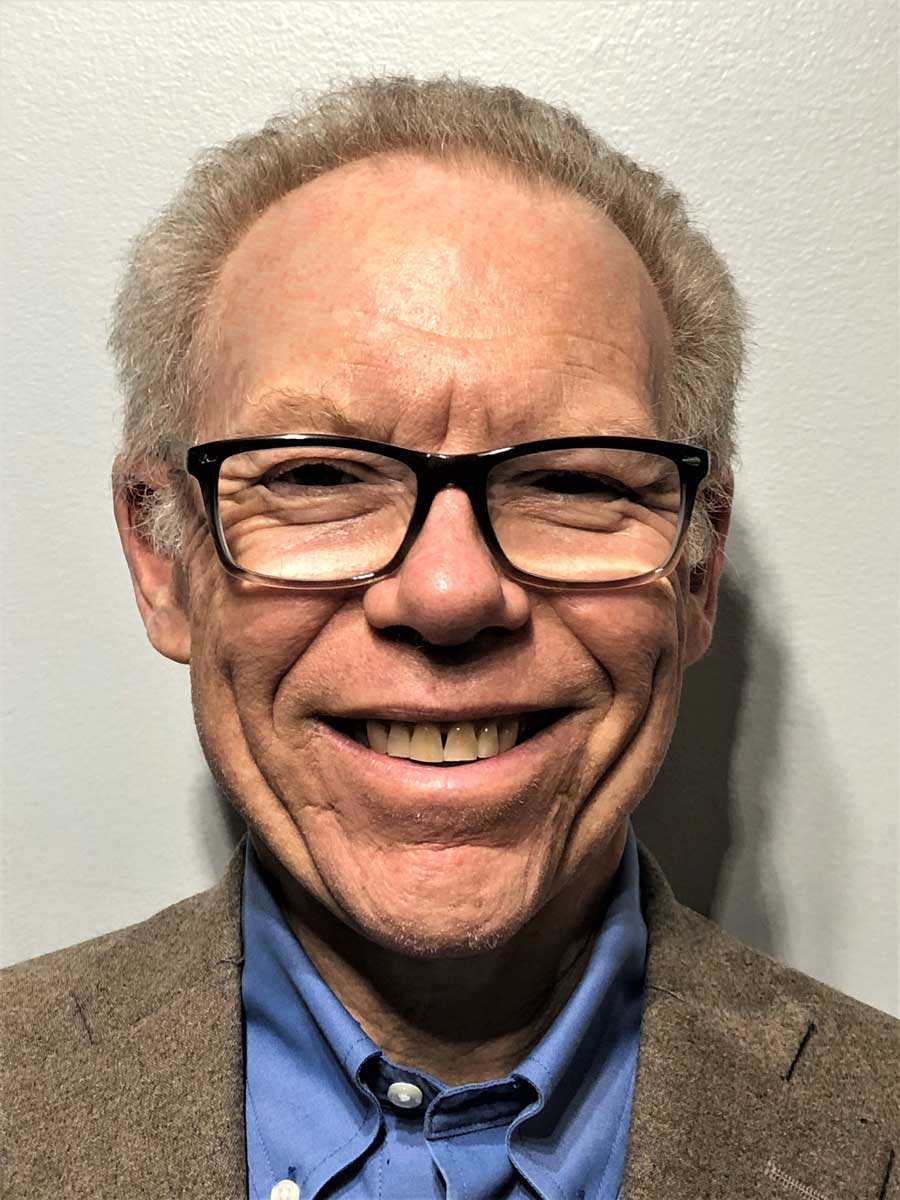 Why do we need year-round stewardship teams?
Why do we need year-round stewardship teams?
As you might imagine, this is a question the Stewardship for Us team hears often from congregations. It’s an easy question to answer, but a genuinely important one to address.
A standing, year-round team is fundamental for successful and healthy stewardship environments.IIt’s essential to recognize that the annual stewardship drive that most of our congregations conduct is not a stand-alone event; it is part of a continuous process that starts the day after the last campaign and continues until the end of the next campaign – and then starts all over again.
Before everyone begins running for the exits, let me assure you that while there is work to be done and continuity to be maintained, the stewardship team is not engaged in a full-time effort all year. There are periods of relative quiet, of monitoring and planning, as opposed to executing and reacting. Let’s look at the team functions year-round.
The fully functional Stewardship Team has three main functions:
— One, the aforementioned annual stewardship campaign. This is a capstone event to be sure, one that takes a good 6-9 months of planning and preparation. No matter how good the the techniques, the campaign that does not rest on a foundation of dialogue and information will be less than it could be. A well planned and executed campaign anchored in a healthy stewardship environment succeeds in raising funds and in building community.
— Two, engaging, educating, and dialoguing with the congregation and with the leadership. If stewardship is part of the life and discussion of the congregation only a few weeks a year during the campaign, that congregation is unlikely to ever develop into a mature, generous community comfortable with money and giving, connecting stewardship to mission and community. Getting to this state requires engagements and information offerings all year long, in various media/forums, engaging all the component communities.
— Three, following up. It is appropriate for the stewardship team to monitor pledge performance. Often a decline in pledge performance by a member or a household is the first indication of problems at home or dissatisfaction with church. The stewardship team can discretely ask the membership team, caring team, and/or the minister to check in to ascertain if they are alright. If not, the pledge is a secondary concern. If all does seem well, the stewardship team can check in to remind them of their pledge and to ask if they need to make a change in that commitment.
The year-round team provides vital continuity. A yearly pick-up team burns more energy just getting started, and is far more likely to repeat past errors.
Stewardship underwrites everything else we do.It makes all the other elements of congregational life possible. Isn’t something so essential, so fundamental worthy of a first rate, continuous effort.
Keep that capability in place, support stewardship in all its elements year-round, and reap the harvest your team will have earned.

This blog has a new posting no less than once a month. You may find it, and more, at www.stewardshipforus.com. You are welcome to sign up for stewardship updates at this blog site.
Comments and discussion are always welcome; share your experiences and ideas with this reader community.
Error: Contact form not found.

Stewardship Consultant Barry Finkelstein has been a Unitarian Universalist congregational stewardship consultant since the Fall of 2007 and has worked with over 100 congregations on annual budget drives, capital campaigns, and strategic planning. This is Barry’s last post as he is retiring effective January 1, 2025.
